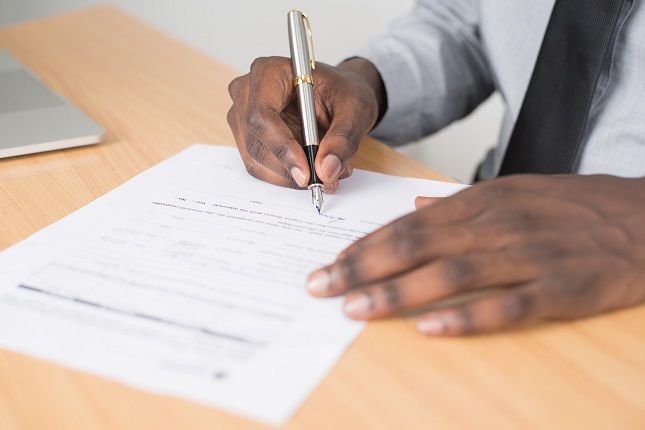In an increasingly interconnected world, the need to submit non-English documents for various purposes such as immigration, legal proceedings, education, and business has become commonplace. Whether you are applying for a visa, enrolling in a university abroad, or conducting international business, the requirement to provide accurately translated documents is critical. This article guides you through the necessary steps and considerations when submitting non-English documents.
Understanding the Need for Translation
Firstly, it’s essential to recognise why translations are required. Non-English documents need to be translated to ensure that the receiving party, whether a government body, educational institution, or business, can fully understand the content. This process not only aids in effective communication but also ensures legal compliance, as many organisations mandate translations for official purposes.
Choosing the Right Translation Service
When selecting the best translation service, look for certified translators who are skilled in both the source language and English. This is particularly important for legal, technical, or medical documents, where precision and expertise are paramount. In the UK, UK certified translations are typically required for official submissions. These translations are carried out by professionals who are recognised and accredited by UK authorities.
Certification and Notarisation
Understand the difference between certified and notarised translations. Certified translations are usually sufficient for most purposes. They come with a declaration from the translator attesting to the accuracy of the translation. Notarised translations involve an additional layer of verification by a Notary Public and may be necessary for certain legal documents.
Localising Your Documents
Localisation goes beyond translation – it involves adapting the document to suit the cultural and legal nuances of the target audience. This might include changing formats, using local terminologies, and ensuring that the document meets the specific guidelines of the country where you are submitting it.
Handling Sensitive Information
When dealing with sensitive or personal documents, ensure that the translation service you choose respects confidentiality and data protection laws. Secure handling of your documents is crucial to protect your privacy and personal information.
Navigating Legal Requirements
Legal requirements can vary significantly depending on the type of document and the purpose of submission. For instance, immigration documents may require a different level of certification compared to academic transcripts. It’s advisable to consult with the receiving party or a legal expert to understand the specific requirements.
Technical and Specialised Translations
For technical or specialised documents, it’s crucial to employ translators with expertise in the relevant field. These professionals not only translate the content but also understand the technical jargon and context, ensuring a more accurate and meaningful translation.
Review and Quality Assurance
Before submitting the translated document, conduct a thorough review. This includes checking for any errors, ensuring that all necessary information is accurately translated, and verifying that the layout and formatting align with the requirements of the receiving party.
Preparing for Submission
Once your document is translated and reviewed, prepare it for submission according to the guidelines provided by the receiving body. This might involve compiling documents in a specific order, attaching the translation certification, and following specific submission protocols.
Navigating Cultural Differences
Remember that language is deeply intertwined with culture. A good translation not only conveys the literal meaning but also respects and reflects the cultural context of both the source and target languages.
Sealing the Deal with Precision
Submitting non-English documents requires careful consideration of the translation process, legal requirements, and cultural nuances. By choosing the right translation service, ensuring the accuracy and certification of your documents, and understanding the specific needs of the receiving party, you can navigate this process with confidence. Remember, a well-translated document not only communicates the intended message but also bridges cultural divides, paving the way for successful international engagements.









































